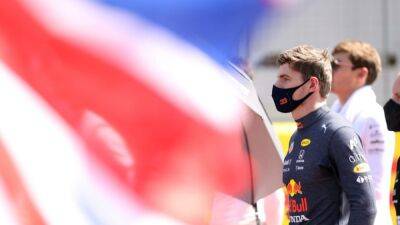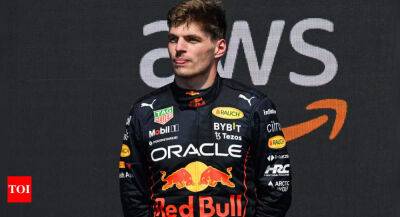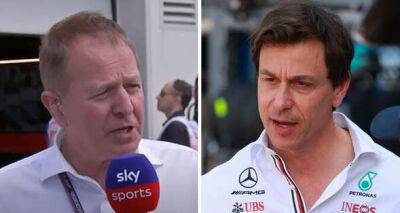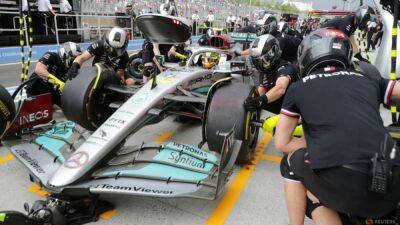Too high or too low: F1 teams in conundrum on which wing setups to run in Azerbaijan
Formula 1 teams are in a pickle heading into this weekend's Azerbaijan Grand Prix. The circuit, run through the streets of the country's capital, Baku, offers a variety of conditions that bring out different traits of an F1 car.
The first sector has a few straights with hard braking points, while the second is filled with twists and turns á la Monaco. The third sector, however, is taken at full tilt; the throttle fully pressed as drivers exit Turn 16 before hitting the brakes for the first time when they reach the first corner. Starting at Turn 16, through the small kinks that are Turns 17 to 20, is a 2km straight that allows cars to reach speeds of up to 350km/h.
As exciting as it sounds, this poses a conundrum to teams: do they set the car up to be stronger in Sector 3, or do you make up as much time as possible through the first two sectors and hope for the best in the last?
Baku can be a tricky track to master ??Five drivers found that out in qualifying last year! ??#AzerbaijanGP #F1 pic.twitter.com/AauAxT1s7V
The lows and the highs
For a racing car to carry maximum speed through a corner, it requires a high-downforce setup. This means that the forces pressing the car to the ground are much more significant, allowing for extra speed to be carried. Baku's first two sectors require such a setup. The third sector is a low-downforce one, meaning that the less resistance an F1 car has, the faster it can go and the closer it can get to the ultimate top speed by the time it hits the brakes before Turn 1.
What it means is that we could see teams adopt different wing setups. Should a team opt for a low-downforce setup, they should, theoretically, be strong in qualifying. But in the race, the driver is vulnerable to increased wear






